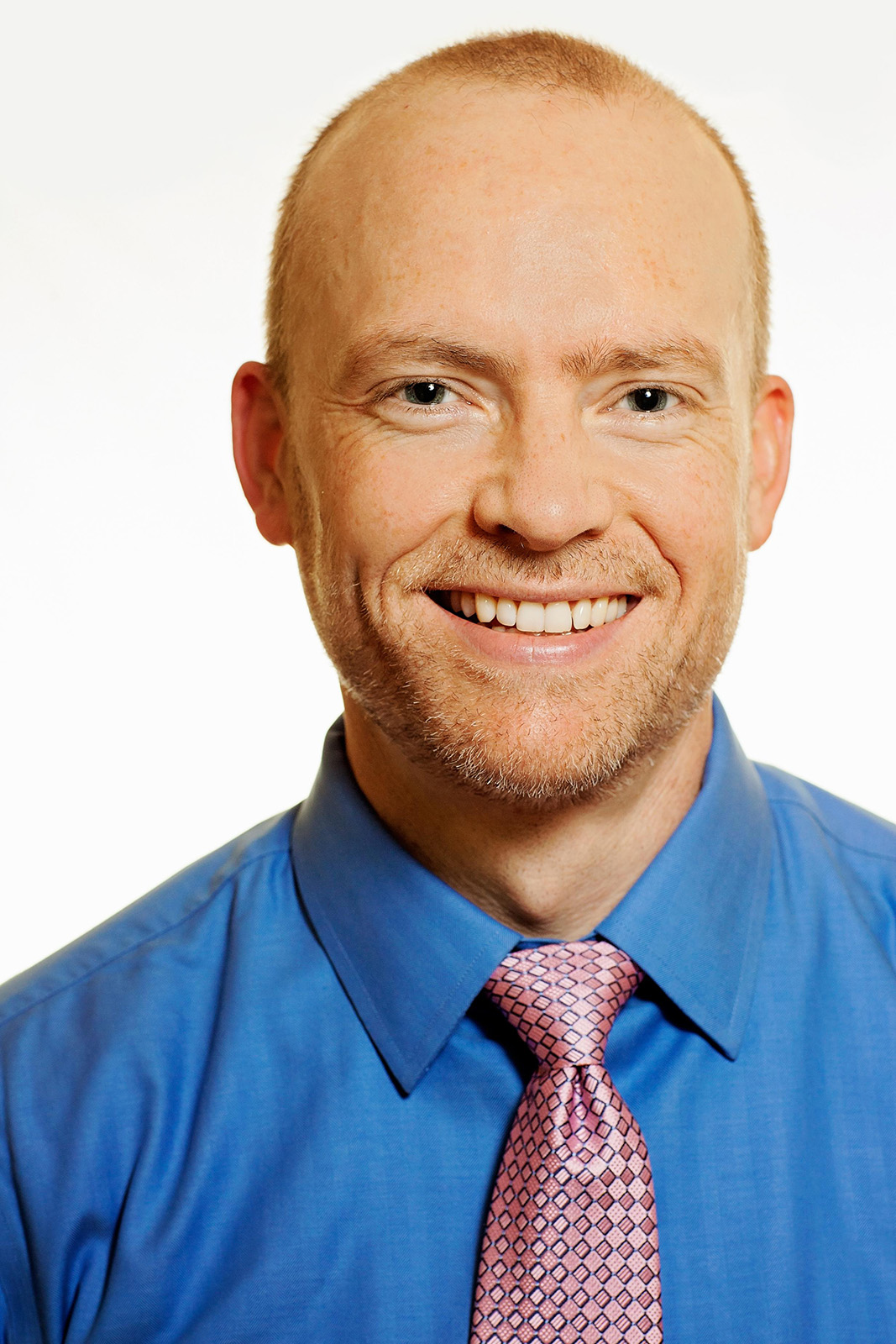Researchers’ treatment helps anorexic patients see appearance holistically

Jamie Feusner, the director of the UCLA Eating Disorders and Body Dysmorphic Disorder Research Program, is researching a new treatment focusing on how patients with anorexia nervosa can train to change the way they visually perceive their body. (Photo Courtesy of Chris Jon)
By Teddy Rosenbluth
Jan. 10, 2018 10:02 p.m.
UCLA researchers are developing a new treatment for patients with anorexia nervosa to help change the way they see their bodies.
Jamie Feusner, a UCLA associate professor of psychiatry and director of the UCLA Eating Disorders and Body Dysmorphic Disorder Research Program, said the treatment his team is working on focuses on how patients unconsciously perceive their bodies, which he said is a less explored aspect of anorexia.
Anorexia nervosa, an eating disorder characterized by excessive exercise and a distorted body image, is caused by a combination of cognitive, neurological and cultural factors, according to the American Psychological Association.
Anorexic patients’ brains overperceive small flaws, such as hairs and blemishes on the face, and are often unable to perceive the body as a whole, Feusner said. He said this is likely due to abnormalities in the dorsal visual stream, a part of the brain that helps individuals contextualize details.
“(Anorexic patients’) brains’ ability to integrate information in general is … too detail oriented and not holistic enough,” Feusner said.
Feusner said his team hopes to use visual exercises to help patients improve their abilities to put physical flaws into context. Feusner said his research builds on his study of patients with body dysmorphic disorder, who have similar perceptual difficulties as patients with anorexia.
In his research, Feusner asks patients to look at pictures of their own faces and focus on an overlayed plus-sign in the center of the pictures. He said patients who focused on the centered plus-sign instead of scanning the photo for flaws analyzed their faces more holistically.
Although the research is currently in a preliminary stage, Feusner said the patients have shown enhanced activity in their dorsal visual stream, suggesting they are more holistically interpreting their bodies.
Feusner said he also plans to carry out a similar study that would ask anorexic patients to look at pictures of their bodies. Patients often have a more distorted perception of their bodies than their faces, he added.
In another technique Feusner is testing, he shows patients with body dysmorphic disorder a succession of pictures of their own face, only allowing the patient a fraction of a second to analyze the image. Feusner said he thinks minimizing patients’ time to analyze pictures will enhance their dorsal visual stream and promote holistic perception.
Rangaprakash Deshpande, a postdoctoral researcher who is working with Feusner on the treatment, said current treatments for anorexia primarily focus on other aspects of the disease, such as eating difficulties, while the new treatment focuses on patients’ body images.
Michael Strober, the director of the Eating Disorders Program at the Resnick Neuropsychiatric Hospital who works with Feusner on the research, said this treatment would likely be paired with other treatments.
Feusner said additional research is necessary to determine how effective the treatment is before it is provided to patients.
“We’re not ready to jump into it quite yet,” Feusner said. “We first need to determine if this is going to be an appropriate intervention.”


